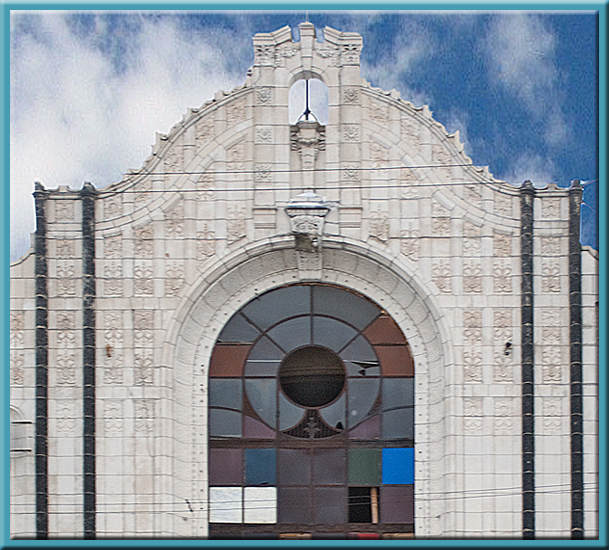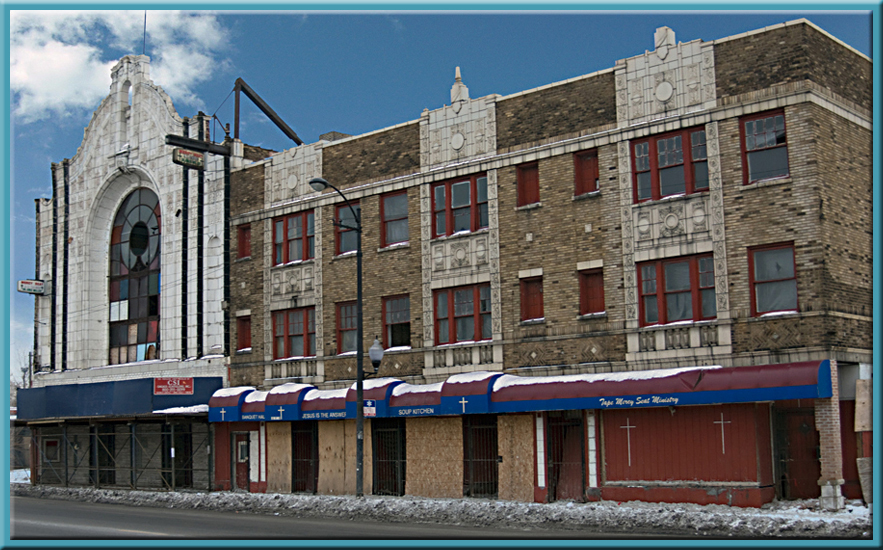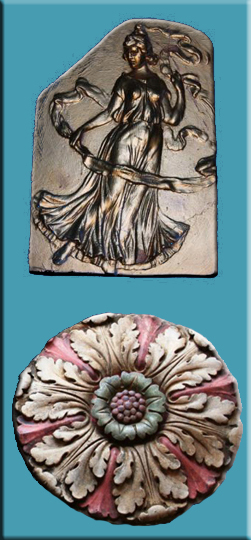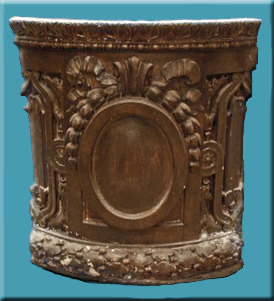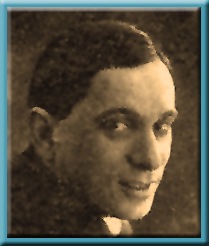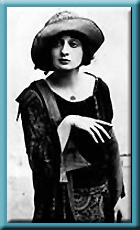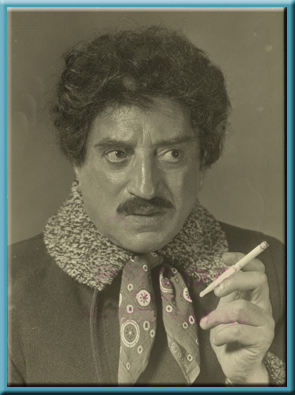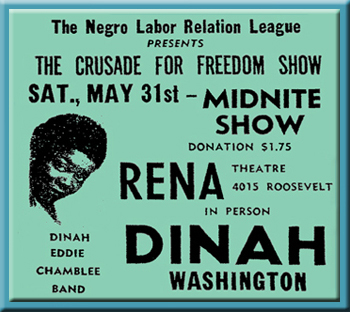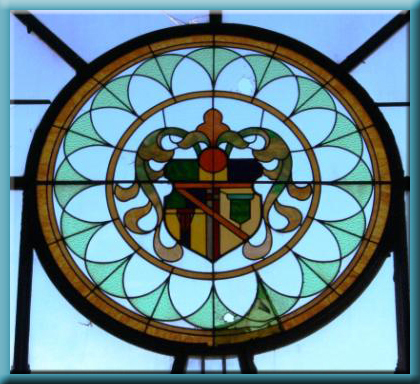The connection between Frank Nitti, Louis Greenberg, and the Lawndale is described on page 265 of Mars Eghigian's After Capone (2006). According to Eghigian, Nitti and Greenberg, sometimes called "Capone's Treasurer", were involved in Lawndale Enterprises, incorporated in February 1929, thus implying that they may have been early owners of the theatre. However, Chicago Tribune articles report that the original owner was the Lawndale Theater Company, and that Lawndale Enterprise bought the bulding from Chicago Title and Trust about four years after the 1932 foreclosure. By the time the Lawndale transitioned to The Rena, Lawndale Enterprise was no longer identified as owner.
While information about the Lawndale Theatre itself is scarce, much data about its performers, as well as the Lawndale community, is scattered about the internet.
Family Properties: Race, Real Estate, and the Exploitation of Black Urban America by Beryl Setter (2009) is a very well-reviewed exploration of the role that "block-busting" and "redlining", some of which was government-sanctioned, played in the economic decline of Lawndale in the 1950s.
Boris Thomashefsky (1868-1939), Aaron Lebedeff(1873-1960), Molly Picon (1898-1992), and Maurice Schwartz (1890-1960) are profiled on numerous Yiddish theatre websites. Lebedeff sings on a number of YouTube clips. Many stills from Schwartz's 1939 film "Tevye and His Daughters", which has been inducted into the National Film Registry, can be viewed online. One hopes that lesser but still significant performers like Celia Adler (1889-1979) and Samuel Goldenberg (1881-1945) will one day receive recognition as well.
The controversy about "Should A Woman Deceive?" is presented in a WPA-produced "Foreign Language Press Digest" of Daily Forward articles online at http://www.archive.org/stream/5423972_5/5423972_5_djvu.txt
Image of Maurice Schwartz is courtesy of the New York Public Library website.
Sam Evans (1922-1971) was one of Chicago's earliest African-American disk jockeys. Although he is mentioned in many histories of African-American radio and Chicago rhythm and blues, his career awaits a full study.
The Lawndale Theatre was photographed on January 27, 2009.

